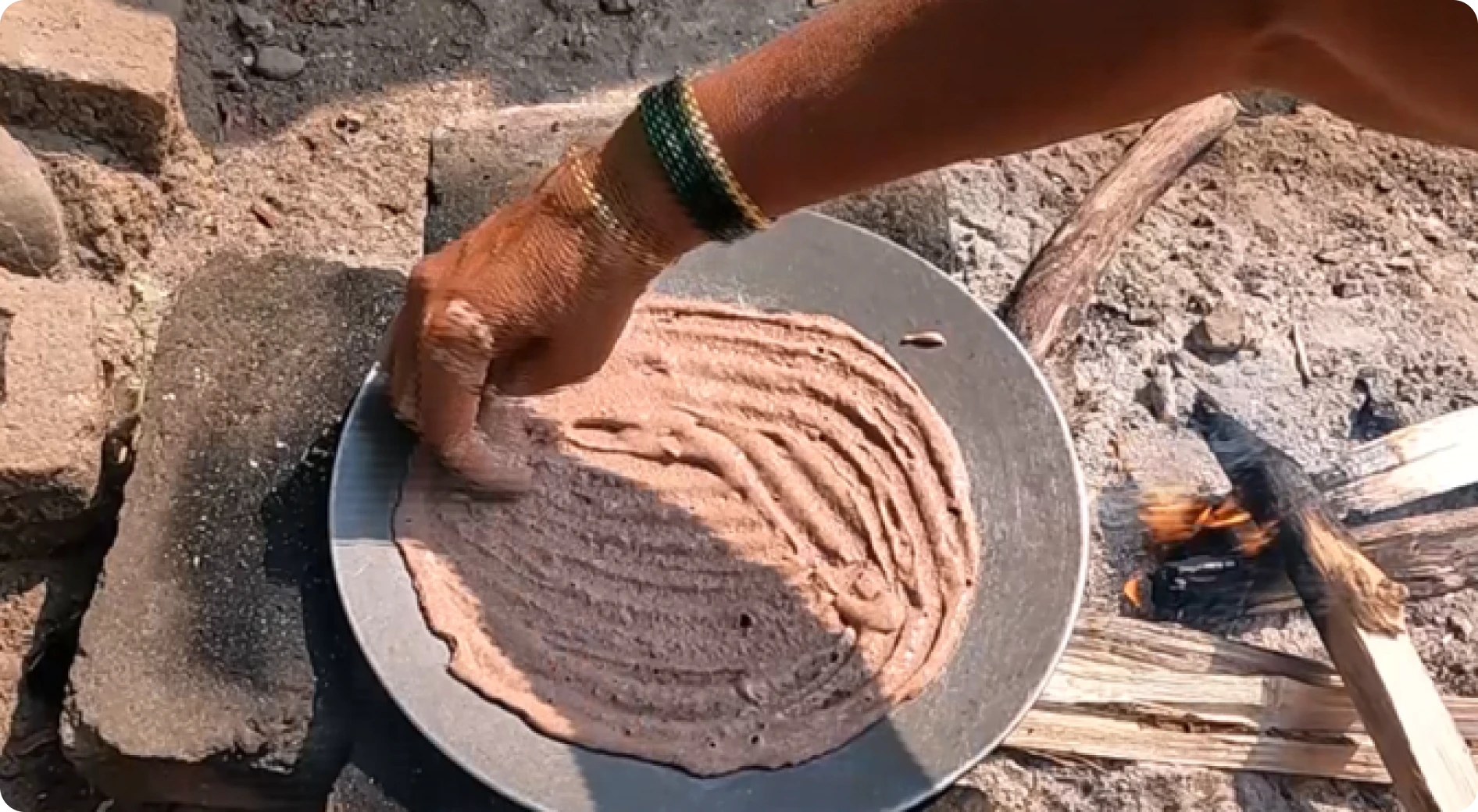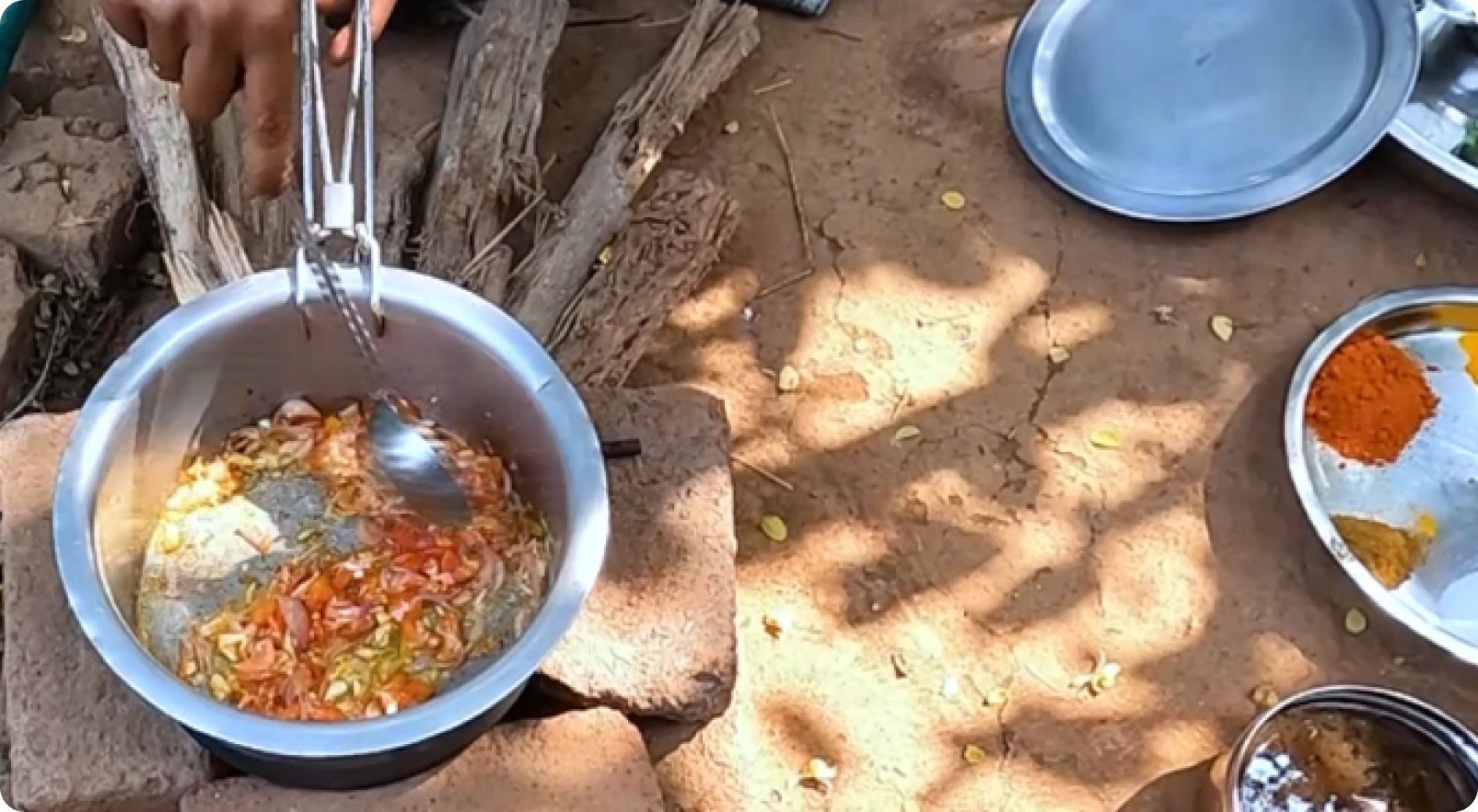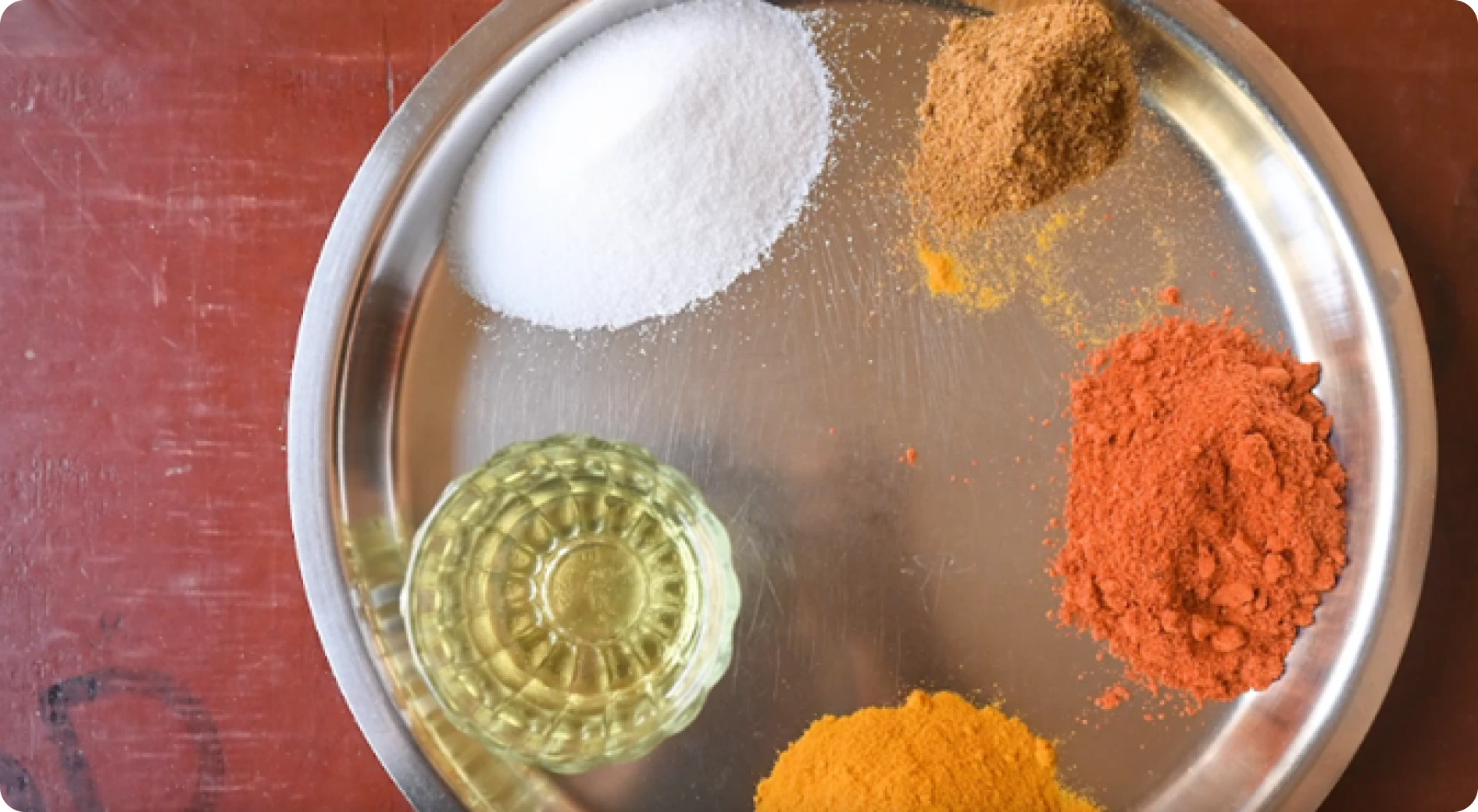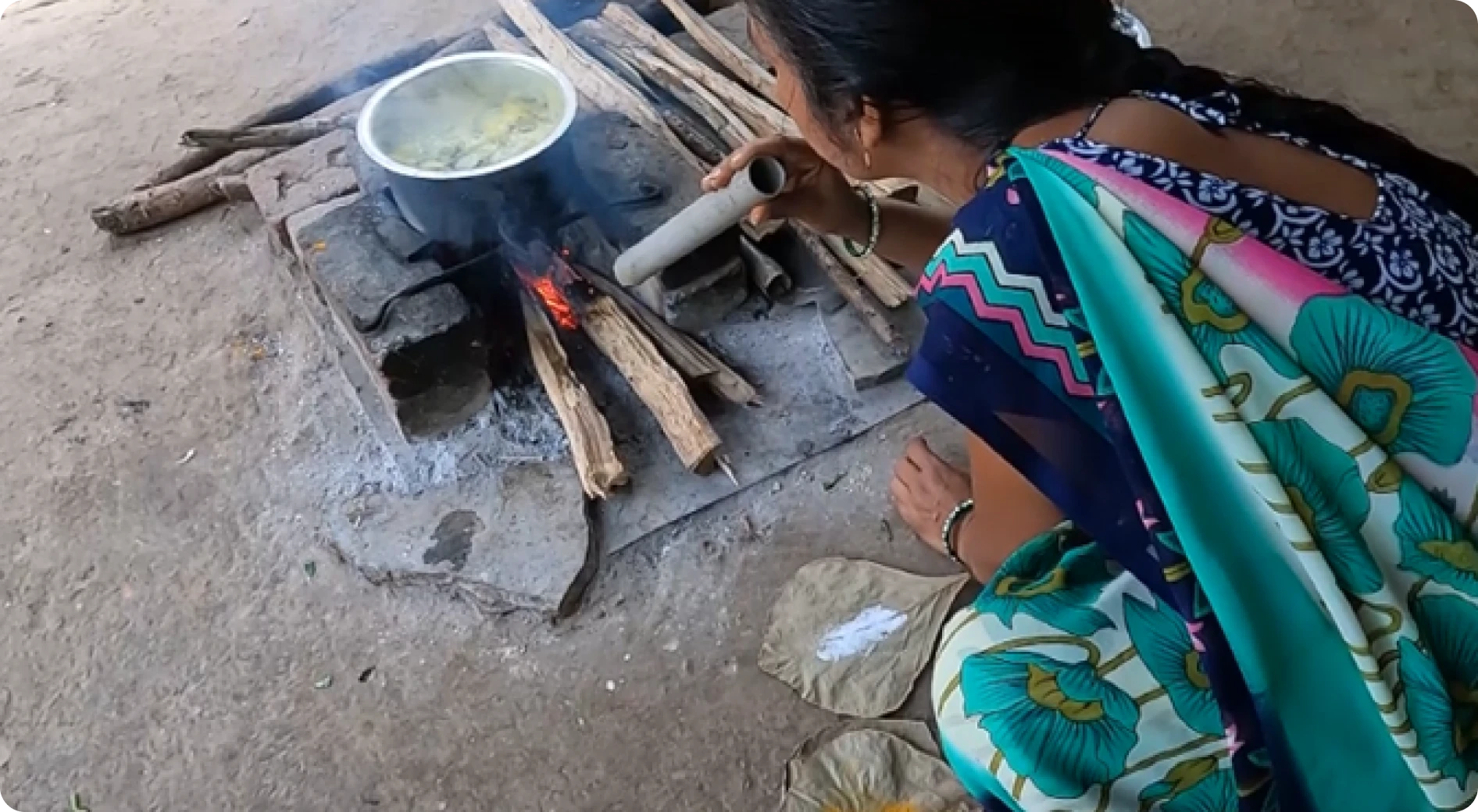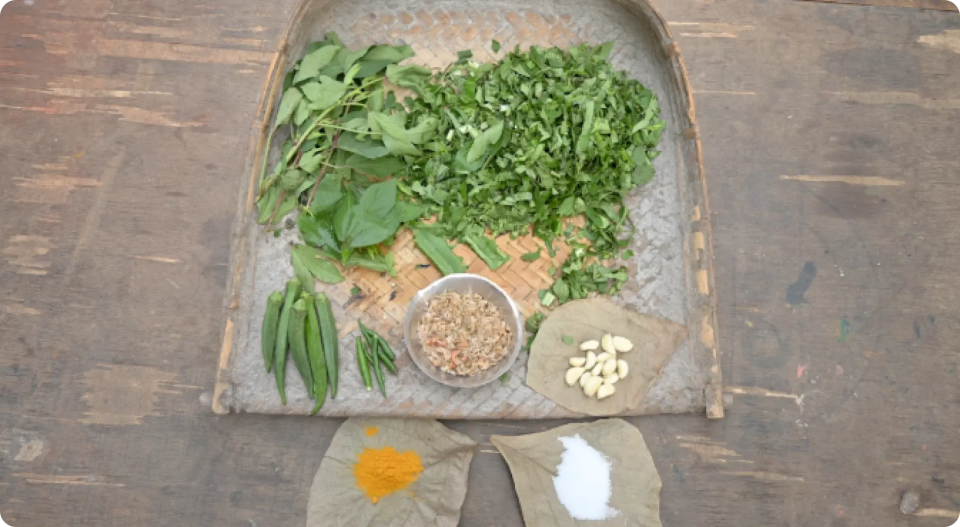
Culinary Heritage
Where Coastal Flavors meet Tribal Traditions
Discover Authentic Experiences
Palghar’s culinary landscape is a remarkable fusion of the Arabian Sea’s bounty and the region’s ancient tribal traditions. It’s where the fresh catch of the day, from Bombil fry to pomfret preparations, is enjoyed alongside traditional millet-based foods like jowar and nachni bhakri. This delicious blend of coastal and inland flavors creates a truly unique dining experience.
The region is also famous for the chikoo orchards of Dahanu, which offer visitors a chance to taste the GI-tagged fruit and learn about its rich Indo-Persian history. Furthermore, local villages are a source of organic honey, harvested using traditional methods that have been passed down through generations. Every meal in Palghar tells a story of the harmonious relationship between its communities and their natural environment, showcasing the area’s coastal abundance and tribal sustainability.

